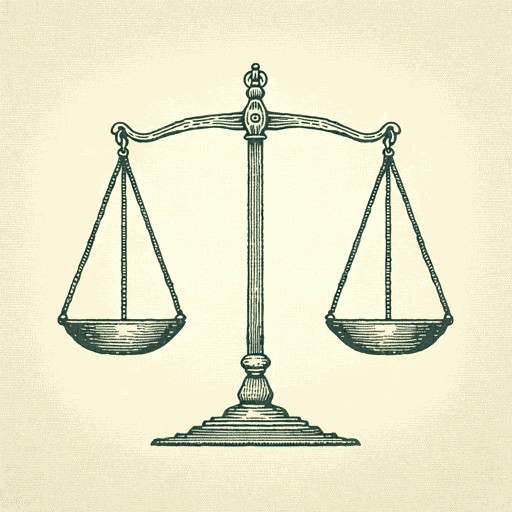34 pages • 1 hour read
Richard GodbeerEscaping Salem
Nonfiction | Book | Adult | Published in 2004A modern alternative to SparkNotes and CliffsNotes, SuperSummary offers high-quality Study Guides with detailed chapter summaries and analysis of major themes, characters, and more.
Summary and Study Guide
Overview
Escaping Salem, written by Richard Godbeer and published in 2004, is the true story, based on historical records, of a second, lesser-known set of witch trials that took place in Stamford, Connecticut, in 1692, the same year as the more famous Salem witch trials. The author’s aim is, in part, to undermine the commonly-held conception of New Englanders at the time as feverish, irrational witch hunters, which is based on the mass panic of the Salem trials, but was, in fact, atypical. By contrast, the Stamford trial, more typical of such trials at the time, was a more measured affair, and one that ultimately ended in the acquittal of all involved.
In April 1692, while Katherine Branch was performing her duties as maidservant of the Wescots, she suddenly let out a scream and devolved into fits. When her condition didn’t improve, Daniel and Abigail Wescot called for the local midwife, Sarah Bates, who sought a natural explanation and gave them some remedies to try. When these didn’t work, however, the Wescots began to suspect witchcraft, a belief that was affirmed after the local minister visited with Katherine. The townspeople helped the Wescots watch over her nightly; ostensibly this was for her protection, but for many, this was to determine if Katherine Branch was truly bewitched, or if she was faking it.
As time passed, Katherine became more lucid and she began to name potential suspects. The first woman named was Elizabeth Clawson, followed by Goody Miller, then Mercy Disborough (née Holbridge). Five weeks after the fits began, Daniel filed a formal complaint. After a preliminary inquiry on 27 May, Goody Clawson and Goody Disborough were ordered to be held and jailed; in the meantime, Goody Miller had fled to New York with her brothers, who had some power and would not extradite her. On 13 June, Jonathan Selleck, one of the magistrates in the preliminary inquiry, questioned Katherine at his home, where, during one of her fits, Katherine named three more women: Mary Staples, who had previously been accused of witchcraft; her daughter, Mary Harvey; and Mary’s daughter, Hannah Harvey.
The magistrates knew that the prosecution of the accused would be difficult and was wrought with uncertainty. They wanted to avoid the mass panic of Salem; further, public opinion was deeply divided, as many of the townspeople—including some rather prominent ones—believed the women to be innocent. However, many others had stories of quarrels with the women, in particular Goody Clawson and Goody Disborough, along with tales of strange, unexplained events associated with them.
Due to the distance between Stamford and Hartford, where capital offenses would normally be tried, a special court was created in nearby Fairfield. The court convened in September; the magistrates—a different set than in the preliminary inquiry, including the governor Robert Treat and the deputy governor William Jones—immediately acquitted Mary Staples along with her daughter and granddaughter, but the trial of Goody Clawson and Goody Disborough was allowed to proceed. As the magistrates were not legal scholars (typical of the period), Jones pored over texts of spiritual and legal philosophy in order to determine on what grounds one could be tried and convicted of witchcraft, determining that the court would need either a confession from the accused or testimony from two reliable eyewitnesses. An additional concern was the crime itself: the law viewed the crime of witchcraft as a theological matter, but the public—including the members of the jury, who would determine their fate—was concerned with more practical, and personal, matters, making it likely that the jury might arrive at a different conclusion than the magistrates would.
The trial began on 14 September and resulted in a conviction for Mercy Disborough and an acquittal for Goody Clawson. Despite insufficient acceptable evidence, the magistrates were reluctant to overturn Mercy’s conviction. However, her supporters petitioned the assembly, which stayed, then ultimately overturned, the ruling, setting Mercy free.

